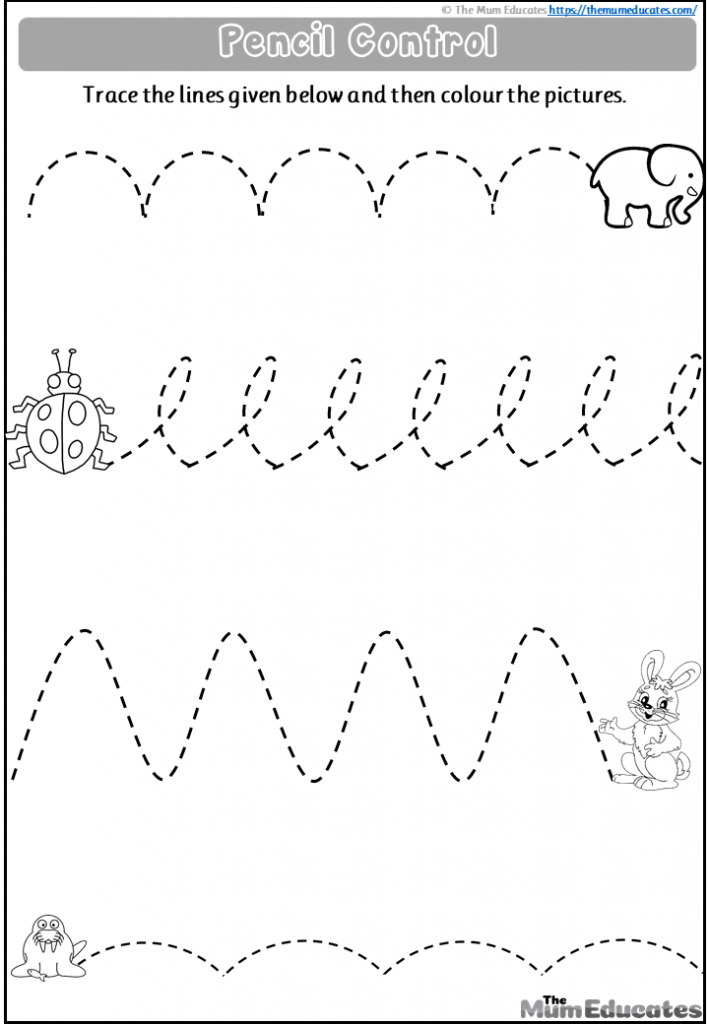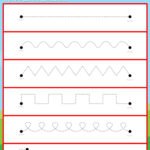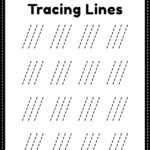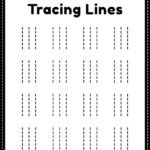What are Pencil Control Worksheets?
Pencil control worksheets are learning tools designed to help children develop their fine motor skills and improve their ability to hold and control a pencil or pen. These worksheets typically consist of various activities that require children to trace, draw, or color within specific lines or shapes.
Why are Pencil Control Worksheets important?
Developing good pencil control is essential for children as it lays the foundation for their writing skills. By practicing pencil control through these worksheets, children learn how to hold a pencil correctly, improve hand-eye coordination, and develop the necessary control to create precise and accurate lines and shapes.
How do Pencil Control Worksheets work?
Pencil control worksheets usually feature a variety of exercises that gradually increase in difficulty. Children are given lines, shapes, or patterns to trace or complete using a pencil or pen. These worksheets encourage children to pay attention to details, follow instructions, and practice their hand movements to enhance their pencil control skills.
Benefits of using Pencil Control Worksheets
1. Fine motor skill development: Pencil control worksheets help children refine their fine motor skills by encouraging precise hand movements and finger dexterity.
2. Hand-eye coordination: These worksheets improve hand-eye coordination as children learn to guide their pencil accurately along lines or within shapes.
3. Pre-writing skills: By practicing pencil control, children develop the foundational skills necessary for writing letters, numbers, and words.
4. Concentration and focus: Completing the activities in pencil control worksheets requires children to concentrate and focus their attention, enhancing their ability to stay engaged in tasks.
5. Confidence building: As children progress through the worksheets and see improvements in their pencil control, they build confidence in their abilities.
Tips for using Pencil Control Worksheets
1. Start with simple activities: Begin with easier worksheets to build a child’s confidence and gradually increase the difficulty level.
2. Provide guidance: Offer guidance and support when needed, especially for younger children who may require assistance in holding the pencil correctly.
3. Encourage creativity: While following the lines or shapes, allow children to add their own creativity and personal touches to the worksheet.
4. Practice regularly: Consistent practice is key to improving pencil control skills, so incorporate these worksheets into your child’s daily routine.
Conclusion
Pencil control worksheets are valuable tools for helping children develop their fine motor skills and enhance their ability to control a pencil or pen. By practicing pencil control through these worksheets, children can improve their hand-eye coordination, concentration, and confidence, setting them on the path to successful writing skills. Regular use of pencil control worksheets can make a significant difference in a child’s overall pencil control abilities.
Nursery Pencil Control Worksheets
Pencil Control Worksheets
Printable PreWriting Pencil Control Worksheets For Kindergarten
My Pencil Control Worksheets English Created Resources
Pencil Control Worksheets Teaching Resources For Early Years
Line Tracing Practice Worksheets For Pencil Control Preschool ABA OT















